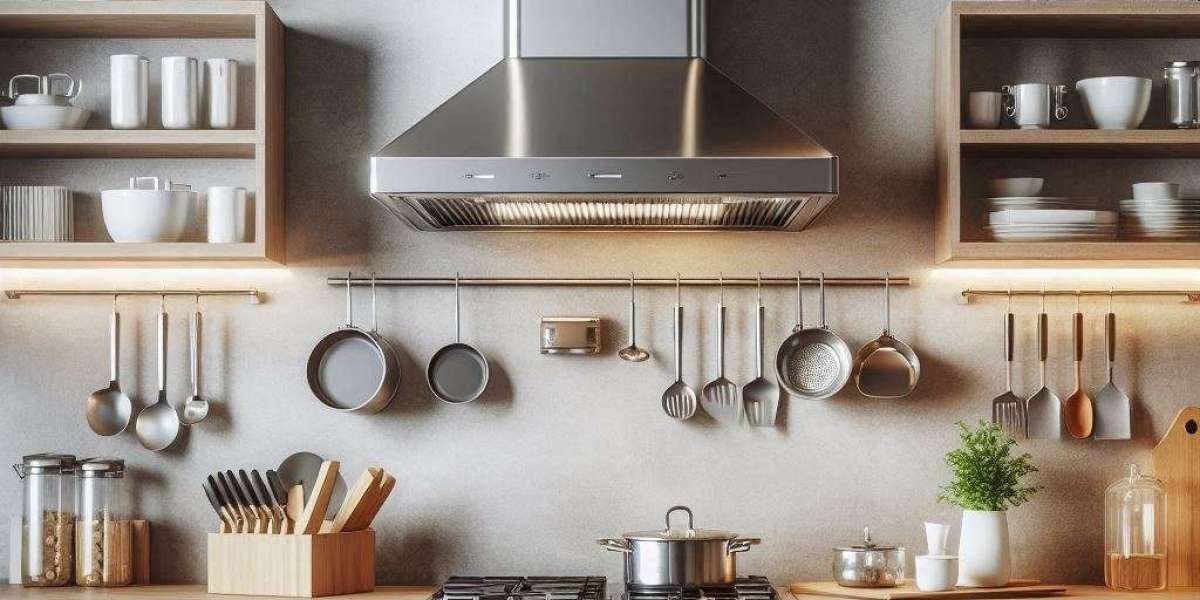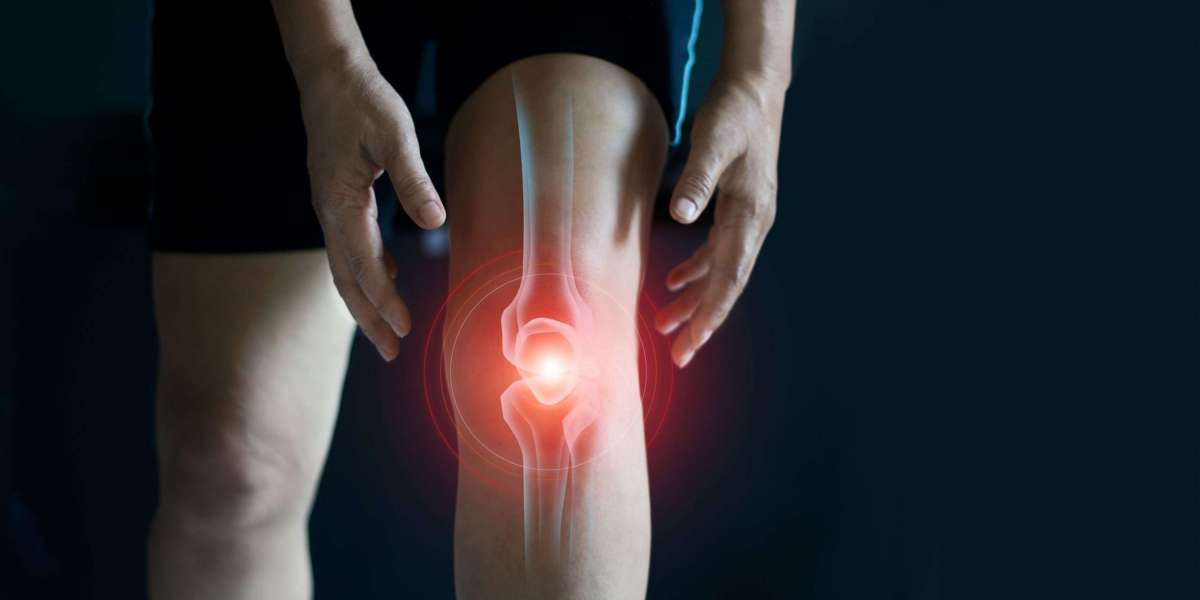In today's fast-paced lifestyle, the kitchen has become a central gathering space for cooking, socializing, and even working. To maintain a clean and comfortable atmosphere, effective ventilation is crucial for eliminating odors, grease, and smoke generated during cooking. Among the many ventilation solutions available, convertible range hoods are increasingly popular due to their flexibility, versatility, and stylish designs. Unlike traditional range hoods, convertible models can be configured for both ducted and ductless operation, making them suitable for various kitchen layouts and designs. This article delves into the advantages of convertible range hoods and explains why they are an excellent choice for contemporary kitchens.
1. Flexible Installation Options
One of the standout features of convertible range hoods is their installation versatility. These hoods can function in both ducted and ductless modes, allowing homeowners to select the setup that best fits their kitchen’s layout, budget, and personal preferences.
- Ducted Mode: In this mode, the range hood expels cooking fumes, smoke, and odors directly outside through a duct system. This is particularly effective for handling heavy cooking tasks, such as frying or grilling.
- Ductless Mode: Here, the hood uses a recirculating system that filters the air before releasing it back into the kitchen. This option is ideal for spaces without external duct access, making it perfect for apartments or homes with limited renovation options.
With these two configurations available in one unit, convertible range hoods provide unparalleled flexibility.
2. Energy Efficiency
Convertible range hoods enhance home energy efficiency by allowing homeowners to use the ductless mode in milder weather. This reduces the strain on HVAC systems that would otherwise need to compensate for lost indoor air. In ducted mode, air is expelled, which can disrupt indoor temperature—forcing HVAC systems to work harder in colder months to replace lost warm air, and vice versa in warmer months. Switching to ductless mode helps maintain indoor comfort and can lower energy bills.
3. Improved Indoor Air Quality
Cooking can release a variety of contaminants, including grease, smoke, carbon monoxide, and volatile organic compounds (VOCs), all of which can degrade indoor air quality and pose health risks. Convertible range hoods effectively mitigate these airborne pollutants through powerful ventilation. Many high-quality models come equipped with charcoal filters that capture grease and neutralize odors, ensuring that recirculated air is as clean as possible.
4. Aesthetic Appeal
Beyond functionality, convertible range hoods can significantly enhance the visual appeal of a modern kitchen. They are available in a wide range of styles, finishes, and designs—from sleek stainless steel to minimalist or industrial looks—allowing homeowners to select a model that complements their kitchen decor. Many models also feature advanced lighting options, like LEDs or integrated task lighting, which improve ambiance and visibility while cooking.
5. Cost-Effectiveness
Homeowners often face high installation costs when considering ventilation options, especially if ductwork needs to be added or modified. Convertible range hoods offer a budget-friendly alternative, particularly for those renovating kitchens without existing ducts. The ductless option eliminates the need for extensive ductwork, reducing installation expenses. Additionally, the potential energy savings from switching between modes can lead to long-term financial benefits.
6. Noise Reduction
Designed with advanced fan technology, convertible range hoods provide effective ventilation with minimal noise. Many models feature multiple fan speeds, allowing users to adjust ventilation levels to suit their cooking needs without excessive noise—an especially important feature in open-concept kitchens where noise can disrupt social interactions.
7. Eco-Friendly Design
For environmentally conscious homeowners, convertible range hoods present an eco-friendly option. By allowing users to alternate between ducted and ductless modes, these hoods help minimize their impact on heating and cooling systems. Additionally, many are equipped with energy-efficient motors and LED lighting, consuming less electricity than traditional options. These features not only lessen environmental impact but also lower utility costs.
8. Easy Maintenance
Maintaining a range hood can be challenging, particularly in busy kitchens. Convertible range hoods are designed with removable, washable filters for both ducted and ductless modes. In ductless mode, charcoal filters are typically replaceable, ensuring optimal performance. Regular filter maintenance prevents grease buildup and keeps the range hood functioning efficiently. Many modern models also include filter indicator lights, alerting users when it’s time for cleaning or replacement.
9. Increased Resale Value
Investing in a quality convertible range hood can boost a home’s resale value. Prospective buyers often look for well-equipped kitchens, and a versatile range hood that adapts to various cooking styles can be an attractive feature. A convertible range hood reflects a commitment to both functionality and design, showcasing the kitchen as a thoughtfully planned, modern space.
Conclusion
Convertible range hoods offer numerous benefits that make them an excellent addition to any contemporary kitchen. Their flexibility, energy efficiency, and air quality improvements meet the needs of a diverse range of homeowners—from apartment residents to those with open-concept spaces. In addition to enhancing air quality, these hoods provide aesthetic value, noise reduction, and cost savings that align with sustainable living. By choosing a convertible range hood, homeowners can enjoy a cleaner, healthier, and more versatile cooking environment, while also increasing their home’s value.







